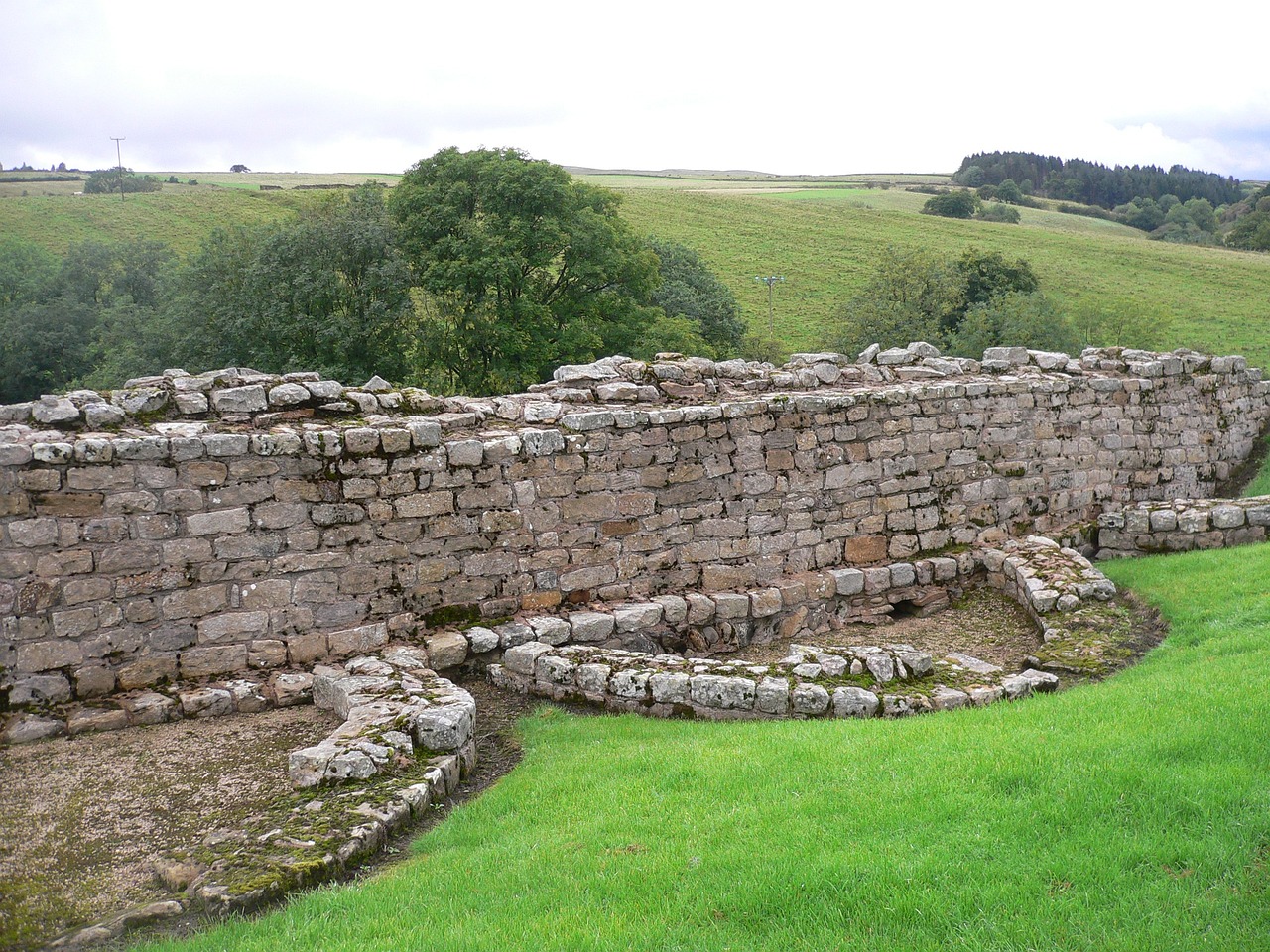By Tom Welch – Volunteer Guide
Since its opening in 1970, the Vindolanda site has revealed a treasure trove of remarkable artifacts, particularly the notable wooden writing tablets, a variety of leather footwear, tools, jewelry, and around 2,600 Roman coins, some of which trace back to the Roman Republic.
Throughout the Roman Empire, including the republican era, the currencies utilized comprised gold, silver, bronze, orichalcum, and copper coins. During this epoch, the form, denomination, and material of money underwent significant transformations. A key alteration was the gradual debasement and substitution of coins over the ages.
Given the vast geographical reach of the Roman Empire, its currency was widely circulated and continued to be relevant well into the Middle Ages, influencing many trade systems and exchanges of goods. The legacy of Roman coinage is evident even in contemporary times; the term ‘mint’, for example, originates from the minting of silver coins in Rome near the Temple of Juno Moneta around 269 BCE, where she became the symbol of currency.
Roman coinage also drew heavily from Greek civilization, notably in adopting Greek deities and iconography on coins. Julius Caesar was the first Roman to appear on a coin, marking a pivotal shift in representation. Although not an emperor by title, his image on currency established a tradition that persisted throughout the Empire. Coins emblazoned with the Emperor’s visage symbolized his authority and the reverence bestowed upon him by the state, portraying him in a godlike manner. This served both as propaganda for the Emperor and as a display of Rome’s might, entwining loyalty to the Emperor with the state. The reverse sides of many coins depicted the Emperor’s relation to divine powers and military triumphs, often showing Emperors in armor crowned with laurel. Newly ascended Emperors quickly ensured their likeness graced the coins. The British currency today similarly features the monarch, displaying authority and continuity.
Polybius, a historian writing in the mid-second century BCE, estimated that a soldier would earn roughly two obols daily, translating to 120 denarii per year, while a cavalryman made around 180 denarii. The actual value and purchasing capacity of this money fluctuated with economic conditions. Upon Caesar’s rise, military pay was doubled to 225 denarii annually, a figure that remained until Domitian’s time. Polybius noted that substantial deductions were made for vital needs such as food and clothing, ensuring that soldiers received enough to avoid rebellion, which sometimes occurred. Domitian later improved salaries by about one-third, creating a fourth stipendium, and revised the pay schedule to monthly payments of 300 denarii. Under Severus, salaries increased to about 450 denarii annually, with Caracalla later boosting it by 50% to 675 denarii. Pay varied significantly based on the soldier’s rank; for instance, duplicarius alae and sesquiplicarius alae earned two and a half times the base salary, respectively. A Roman papyrus from AD 192 confirms auxiliary troops received 100 denarii, one-third of a legionary’s earnings. Lower-ranking centurions earned approximately 3,750 denarii a year, while the primus pilus commanded as much as 15,000 denarii, reflecting their critical role and allegiance to the Emperor.
When recruits enlisted in the Roman army in the 2nd century, they were given the viaticum and pledged an oath of loyalty, a commitment reaffirmed annually. The viaticum, set at 75 denarii or three gold coins, was also allotted to auxiliary troops at least until the time of Septimius Severus. Upon receiving this payment, recruits typically submitted the funds as receipts to the signifier, who functioned as the financial officer for each group of soldiers.
The fort built at Vindolanda around AD 213 by the Forth Cohort of Gauls housed a dedicated headquarters featuring a secure pay office where soldiers congregated to receive their salaries, effectively functioning as a bank. This office likely saw frequent use beyond payment days, as excavations revealed numerous gaming items, suggesting that gambling was commonplace. Evidence at Chesters Fort indicates that troopers would escort pay wagons migrating from Eboracum (York). Following the replacement of the first Roman bridge over the North Tyne around AD 160, a strongroom was constructed in the Chesters headquarters to secure incoming coinage and supplies, with well-defined ruts marking heavy traffic leading to its doorways. It is likely that this strongroom served more than just the immediate needs of Chesters. The cavalry likely facilitated the transport of coins from Eboracum, reflecting that Vindolanda thrived as part of a broader community with shared practices concerning the management of finances.
Under Roman authority, Britain experienced the establishment of towns that became focal points for economic activity, along with expansive villas and estates in the southern regions. These farms produced grains and meats essential to support the sizable military presence, particularly along the northern borders. The northern frontier, characterized by its remote location and rugged landscape, often lacked adequate food supplies for the numerous stationed troops, necessitating the importation of resources from the continent.
Economic transactions at outposts along Hadrian’s Wall closely resembled those in smaller Roman towns. An altar uncovered at Vindolanda mentions the curia Textoverdi, indicating that the vicus community mirrored the organizational structure of larger urban entities in the south, both economically and politically. The documented activities at Vindolanda reveal a bustling economic marketplace involving not only military personnel but also merchants and independent suppliers. A particularly notable artifact, tablet 596, details purchases, meticulously listing costs for various items, encompassing a saddle at 12 denarii, reins at 3.5 denarii each, multiple bags and bowls at assorted prices, six cloaks at 11.5 denarii each, and various bolts of cloth in different hues.
This summary has been crafted as part of our Roman Holiday Project.



